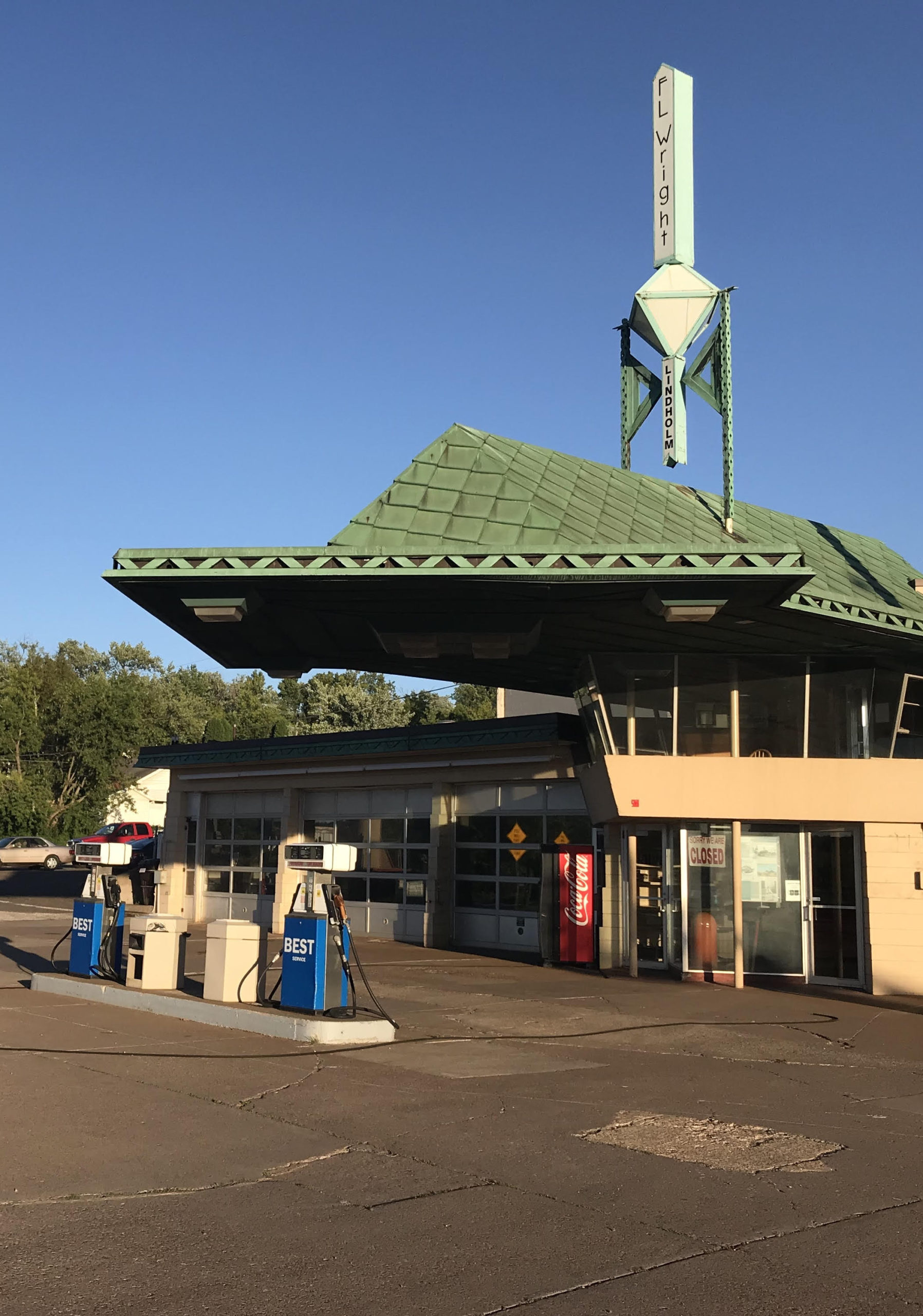
The service station is a cultural icon imbedded deep within the American psyche. The first drive up service station was built in 1913 in Pennsylvania. Up to that point filling up your tank was accomplished at pumps placed by the side of a road. Since 1913 the gas station has worked its way into our daily life in a way few environments have.
They are part of a complex infrastructure network that supports our society’s most cherished transportation technology. A technology that has transformed our landscape and the way we live our lives. Today there are more than 168,000 gas stations in the US. It is interesting to note that the number has declined over the past few decades due to market consolidation, stricter environmental controls and shrinking profit margins. Regardless, every year Americans spend more than $1,500 per person at the pump.
The golden years of the American service stations were the 1950s and ‘60s. This was an era when petroleum companies were determined to maximize their retail potential and thrust themselves into the place-product-architecture game. The game’s goal is to develop spaces filled with sound, smell and feeling and to associate that experience with a product while solidifying brand loyalty. An immersive experience that preyed on people’s intense desire to care for their beloved automobile.
This was an era when a team of uniformed attendants would emerge from a station, like a pitstop crew at a racetrack, to check your oil, wash windows, measure tire pressure and pump the gas.
Today it may seem odd for a world-renowned architect to design a gas station, but that is exactly what happened in 1958 in upstate Minnesota. Frank Lloyd Wright was commissioned to design his first and only filing station by the Lindholm family. The family had recently hired Wright to design their home in the pines just outside the small town of Cloquet. Wright’s original idea was to have overhead pumps to eliminate the need for surface islands, but he couldn’t get that past the local building officials. The design that was built, shown here, features a 60-foot-tall illuminated roof-top pylon, an elevated observation lounge (reminiscent of an airport control tower), a cantilevered copper canopy, ceramic tile walls, skylit service bays and decorative planters throughout. The Lindholm Service Station is on the National Register of Historic Places.
